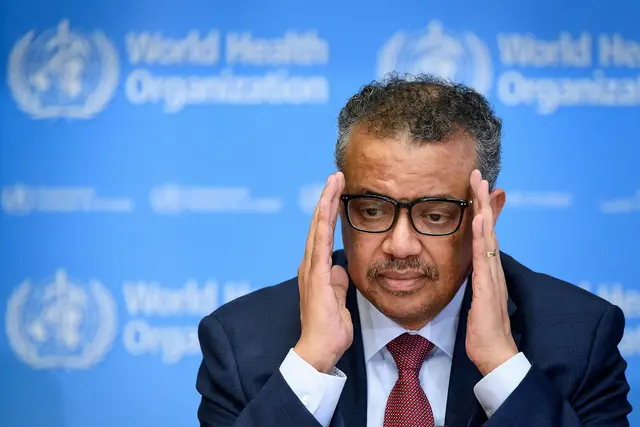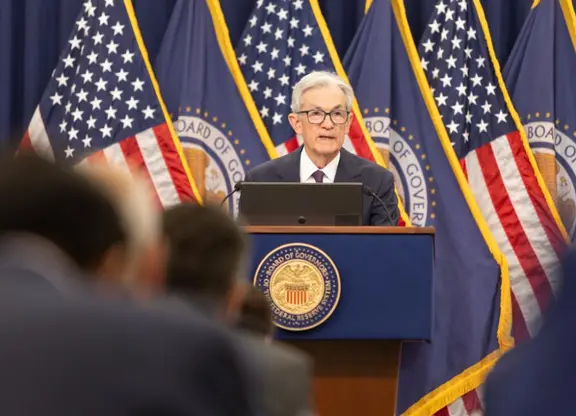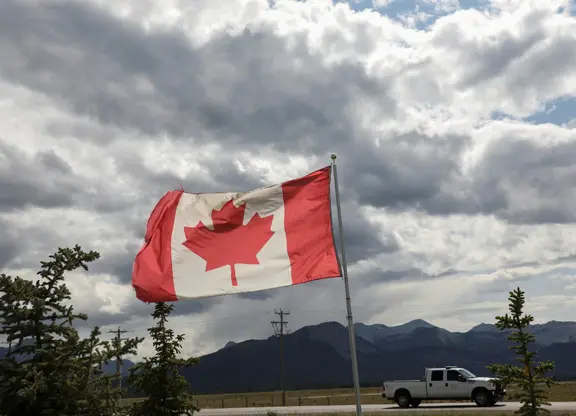By APD writer Imdad Hussain
The coronavirus pandemic first broke in December last year in China and subsequently spreading almost all over the globe, restricting people to their homes, devastating the economies of rich and poor nations alike, and rendering millions jobless.
In the face of the deadly pandemic, the World Health Organization seeking global coordination for mitigating the COVID-19 pandemic notified in the first week of January about pneumonia of unknown cause from China and later on followed up with investigating the disease. A few weeks later the WHO confirmed human-to-human transmission of the disease and declared the outbreak a public health emergency of international concern and warned all countries to prepare for it.
The WHO in the second week of March said that the outbreak constituted a pandemic and it spearheaded several initiatives like COVID-19 Solidarity Response Fund for fundraising for the pandemic and Solidarity Trial for investigating potential treatment options for the disease.
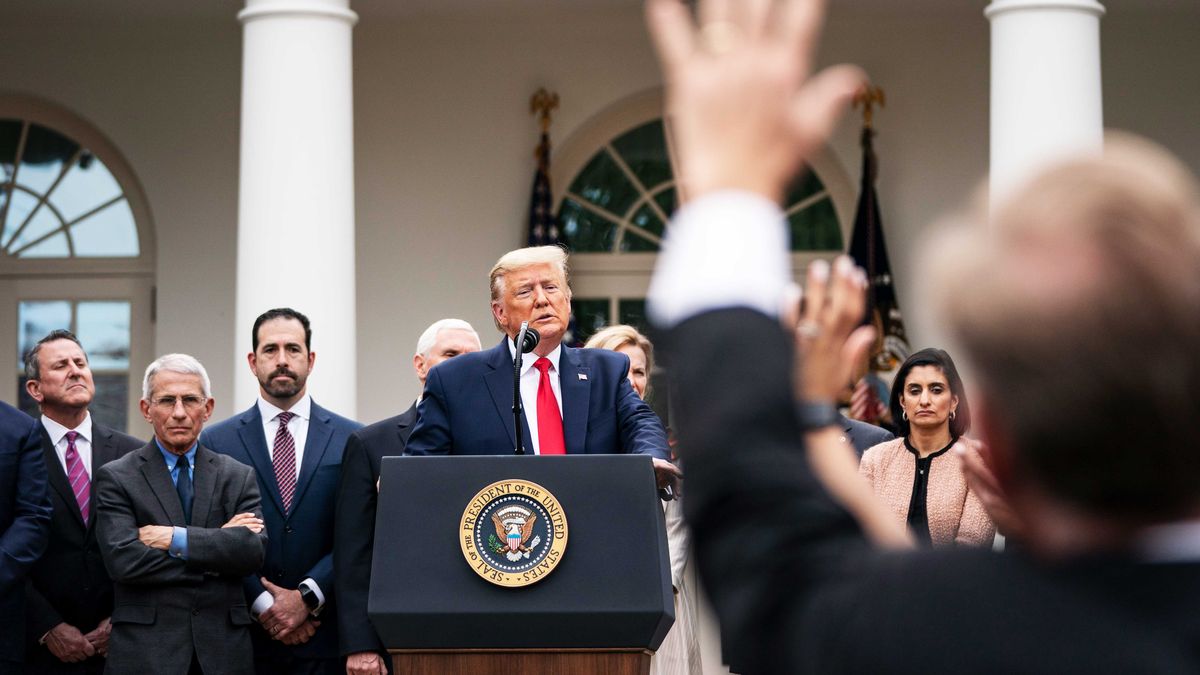
In the meantime, a number of countries, especially the US apparently did not take the alarming nature of the pandemic seriously as President Donald Trump more than once laughed out at it when his attention was drawn towards coronavirus hostility and reportedly told CNBC, “We have it totally under control” and “It’s going to be just fine.” Trump continued to take it lightly for more than six weeks even in early March.
In fact, the WHO sounded the alarm in the earliest days of the crisis, a day before the US secretary of health and human services announced the country’s own public health emergency, weeks before Mr Trump declared national emergency.
On the other hand, China was bearing the brunt of the pandemic but it continued to fight the coronavirus with dedication, strictly forcing the people to their homes that later proved a success story and the countries those followed the Chinese model were better off in countering the pandemic.
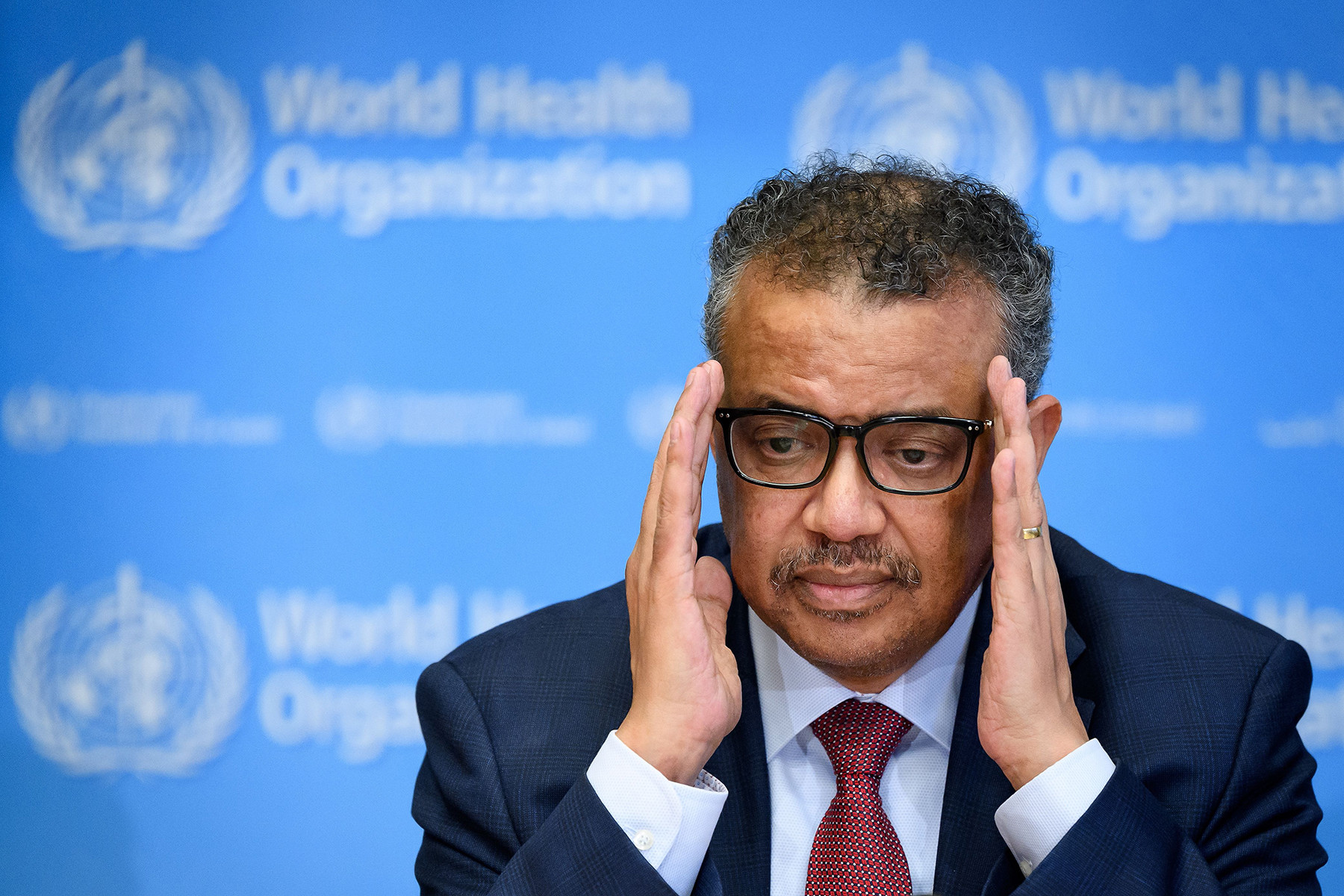
We needed to learn lessons from history like in 1911, when a deadly epidemic spread through China and threatened to become a pandemic.
Lockdowns, quarantine measures, the wearing of masks, travel restrictions, the mass cremation of victims, and border controls were deployed to try to lower the infection rate. Yet more than 60,000 people died in modern-day northeast China, making it one of the world's largest epidemics at the time.
When the disease was eventually brought under control, the Chinese government convened the International Plague Conference in the northern city of Shenyang -- close to the epicenter of the outbreak that was attended by virologists, bacteriologists, epidemiologists and disease experts from many of the world's major powers -- the United States, Japan, Russia, the United Kingdom, and France to find the cause of the outbreak, learn which suppression techniques were most effective, discover why the disease had spread so far so fast, and assess what could be done to prevent a second wave.
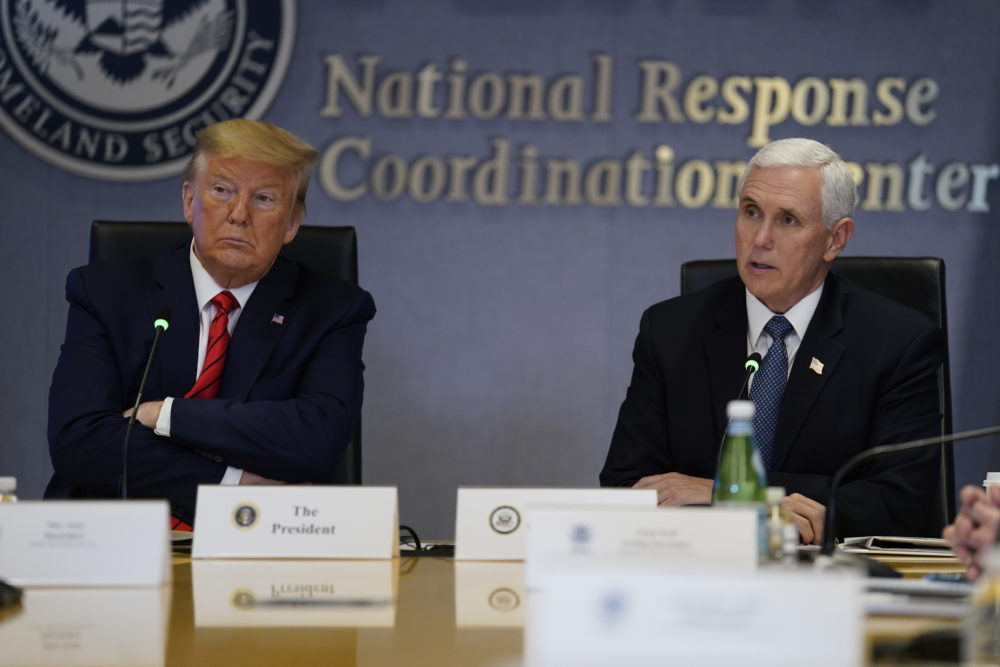
As the world now faces a pandemic, it is characterized by a lack of a globally coordinated response and multilateral effort on the part of political leaders, who must have reconsidered the collaborative aspects of the 1911 conference in north-eastern China.
Today, as major nations are angry with each other and competing for resources and control of the narrative and poorer countries are left to fend largely for themselves while the World Health Organization, unfortunately, becoming a target for personal slackness and the virus being racialized, we are at sixes and sevens while dealing with coronavirus.
The US and Russia did not attend the recent EU sponsored conference to accelerate efforts to develop anti-corona medicine and vaccine as early as possible, however, such efforts could have been more effective if all the world powers joined hands and pooled in resources and had taken along the poor countries.
(ASIA PACIFIC DAILY)
 简体中文
简体中文

